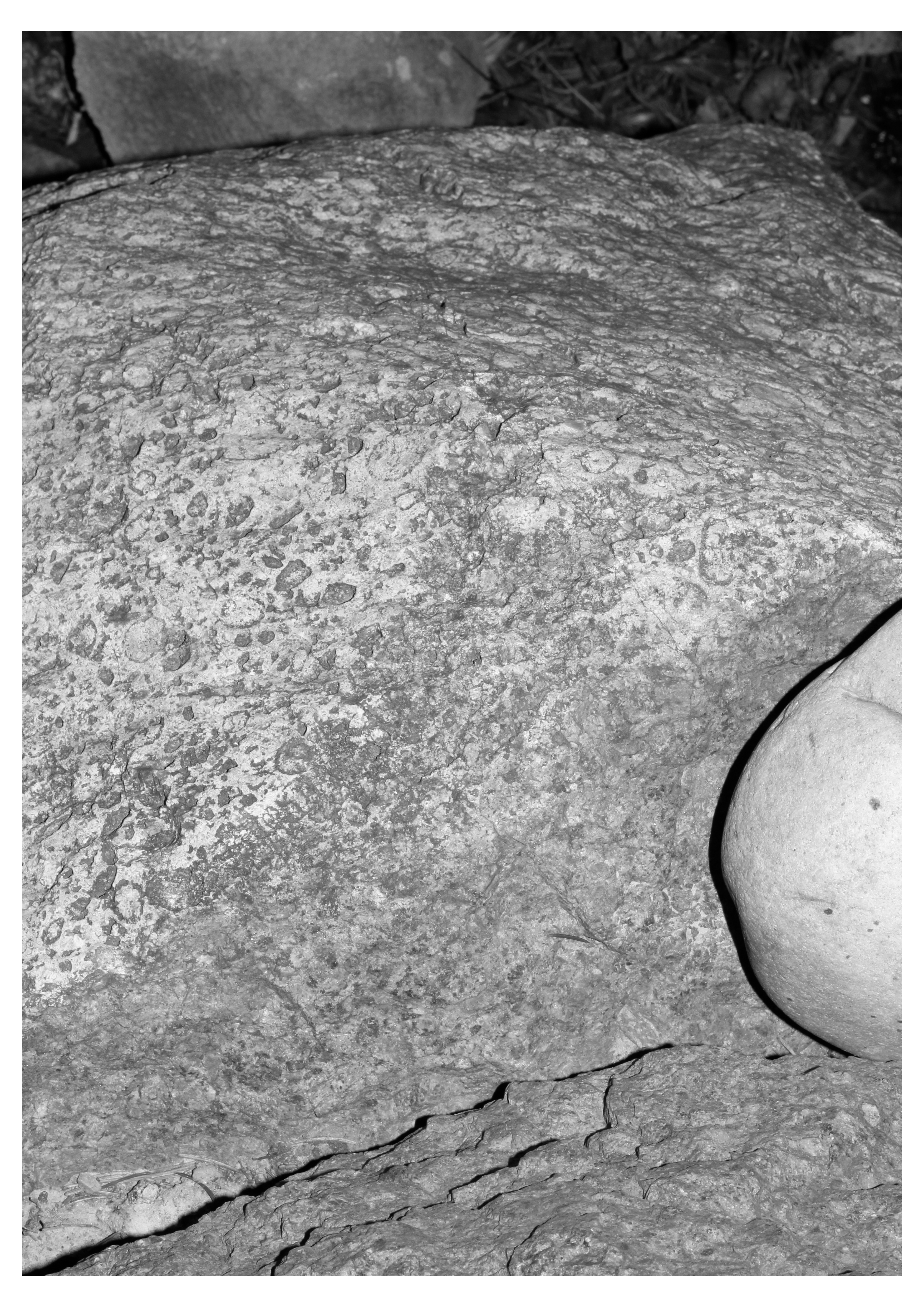Merz Proun In-between
Cracow, 25.01.2023 - 20.02. 2023
ARTISTS:
Michał Sroka
Michał Sroka
Minimalism pursued the project of reconstituting art as an object, while sharing perceptual conditions with figurative sculpture. Both objects and figures located in real space are inscribed in the relationship of figure and background. This relationship is not painted, as in representational painting, but real, encompassing the distinguished subject within a neutral field.
The concept of positioning refers to the objects annexed to the perimeter of the artwork, and the space in which and in relation to which we situate them. It is also a way of enlivening the space, of driving it into the perimeter of the work. Each position activates in some way the space belonging to the object. How far through their presence can the whole space take on new characteristics? To what extent can space be "embodied", and to what extent can it remain an indefinite abstraction imagining only its own extension? The meaning of activities in space comes down to its redefinition into a quality that expresses the individual, unique specificity of a place. In this approach, space reflects the state of a place, defined primarily by the presence of artistic objects, but equally by the person who visits that place. Each of these presences - filling the space - imbues it with the concreteness of its own identity.
In the early 1920s, German artist Kurt Schwitters created the first sculptural assemblages in his studio, which in later stages took the form of a sculptural environment. It spread to several parts of the artist's family home in Hanover, eventually evolving into what we now know as Hannover Merzbau. After fleeing Germany in 1937, Schwitters created similar circles in exile in Norway
and England.
Between 1919 and 1927, El Lissitzky created a large collection of paintings, prints and drawings, which he referred to by the word Proun (an acronym for "project of affirming the new"). They combined a suprematist lexicon of of geometric, monochromatic forms with the tools of architectural reconstruction architectural. Lissitzky's works reflected his architectural training acquired in Germany before World War I, as well as the influence of Constructivism as well as Kazimir Malevich and the Vitebsk school. The radical re-conceptualization of space and material by Lissitzky, constructing a complex multidimensional space that floats between the coherent and the impossible, is a metaphor and visualization of the fundamental transformations in society, which, according to him, were to be the result of the revolution.

























